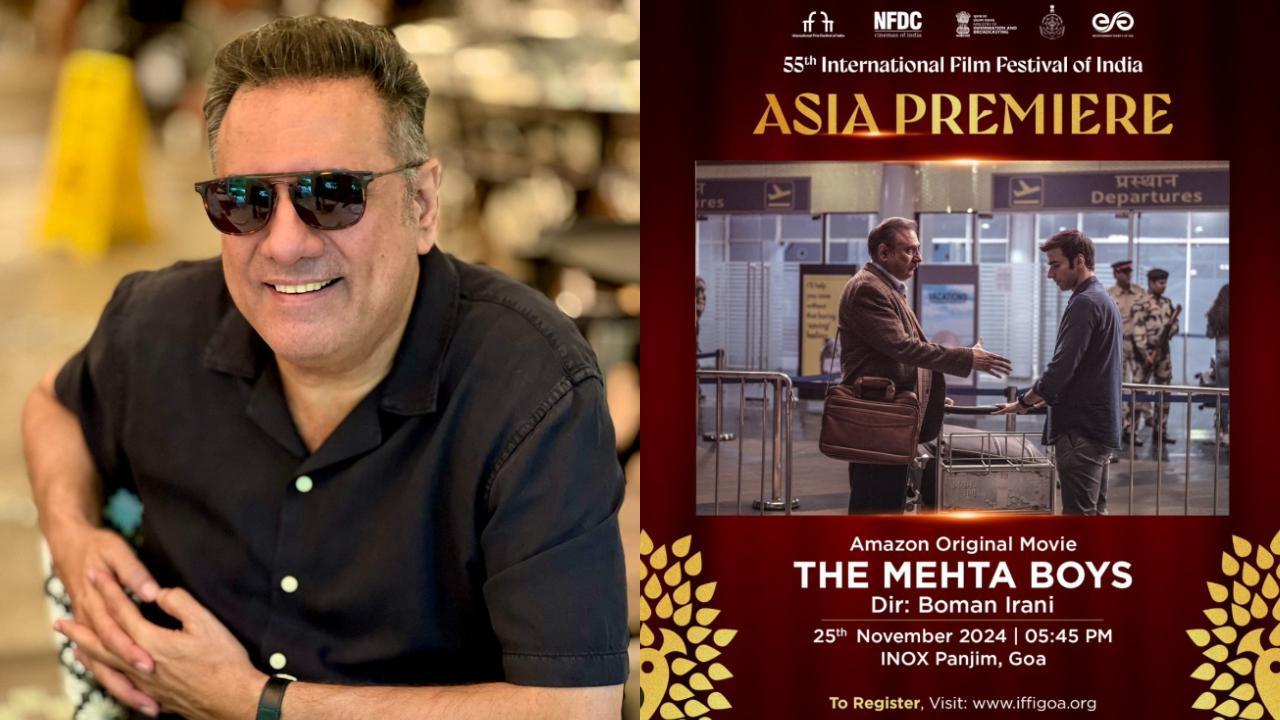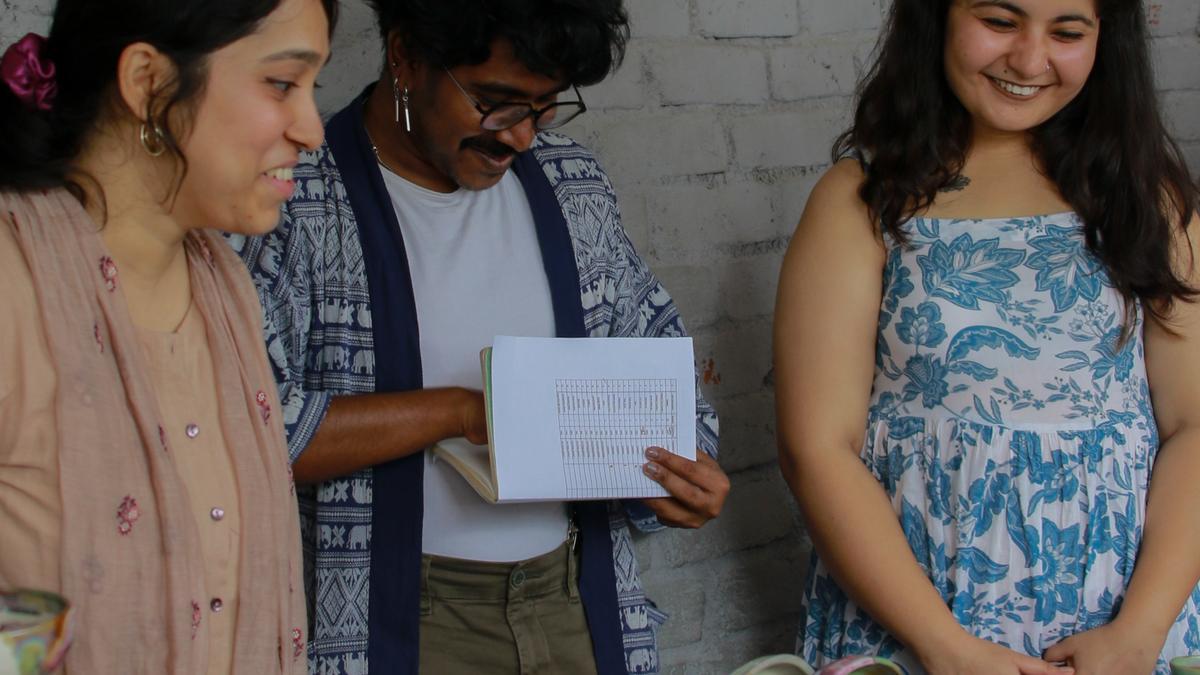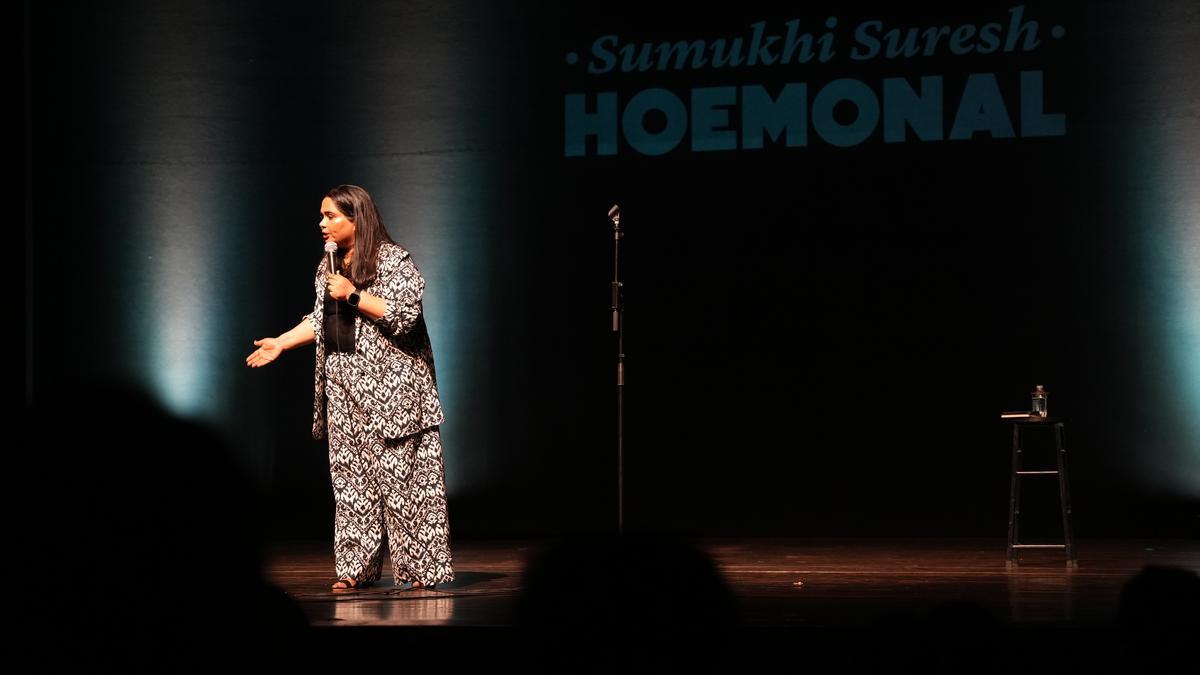
As the southern Indian city of Coimbatore grapples with a pre-emptive summer, the residents of Pullukadu Housing Unit find solace not just in the comfort of their shaded homes, but also in a celebration of color and culture that unfolded on the walls of their neighborhood. Block 19 of the residential area now flourishes as part of Ukkadam Art District– a stunning canvas of communal warmth depicted through an intricate mural by Singaporean artist Yip Yew Chong.
Yip’s masterpiece is an ode to the culinary richness and everyday life of Coimbatore, offering a vivid depiction of crisp dosas, steaming tea, and the quintessential banana-leaf breakfast spread. The mural echoes the area’s gastronomic identity, drawing an inviting phrase in Tamil: ‘Vaanga Saapidalam’ (Come, let’s eat). Its splendor lies not just in its aesthetic appeal but also in the narrative it weaves—binding the community into a single, cohesive story.
This transformation of conventional walls into absorbing murals is the brainchild of the Ukkadam Art District initiative founded by the St+art India Foundation, in association with stalwarts like Asian Paints, Coimbatore City Municipal Corporation, Tamil Nadu Urban Habitat Development Board (TNUHDB), and Residents Awareness Association of Coimbatore (RAAC). What began with four murals in 2020 now stands as an assembly of 18 building-sized paintings, creating an open-air gallery that promotes inclusiveness across socioeconomic stratums.
This year welcomed three new additions including Yip’s inviting call to dine, Spanish artist Jofre Oliveras’s thought-provoking ‘Communion’, and Indian artist Jayesh Sachdev’s ‘Utopian Ukkadam’, which harmoniously blends traditional and contemporary motifs.
Kanchan Rana from St+art India articulates the foundational ethos of the Art District, emphasizing art’s role in accessibility. By introducing art to public spaces, Kanchan and her team are democratizing cultural experiences, transcending barriers that typically surround the appreciation of fine art.
Themes for the art district have been carefully chosen each year, resonating with the residents’ realities. From capturing local life to reflecting on the widespread impact of the COVID-19 pandemic and accentuating the significance of urban wetlands, these murals are tales in paint. The current iteration emphasizes community—a virtue visibly reinforced every time residents pause to admire a mural or engage in dialogue with visiting artists and spectators.
Artists like Jofre Oliveras have experienced firsthand the embracing culture of Ukkadam’s people, who were as keen to contribute to the mural’s narratives as they were curious to understand the external perceptions painted on their walls. Jayesh Sachdev, despite the initial language hurdles, found a joyful experience working with local children, absorbing the culture through their eyes.
Yip’s engagement with the mural was also a meditative journey back to the cultural roots shared by Tamils in his native Singapore, highlighting universal themes of identity and belonging. The artistic exchange transcends borders, proving that creativity can serve as a bridge between communities, juxtaposing cultural similarities and differences in a shared space.
These extraordinary pieces of public art not only beautify the area but have become a catalyst for positive change within the community. Tailor Abu Thahir and LIC employee Aravind echo a common sentiment reflecting improved neighborhood engagement and visibility due to the murals. They hope for the art to be more than an aesthetic uplift, with aspirations for tangible improvements within their daily lives.
Shivanya, another resident, notes the empowering impact on the younger generation, some of whom have been immortalized on the murals themselves, galvanizing them towards creative pursuits. These reactions exemplify the inextricable bond between art and life, illustrating the profound insight from Kurt Vonnegut: “Practicing an art, no matter how well or badly, is a way to make your soul grow.”
As the Ukkadam Art District continues to expand and evolve, it stands as a testament to the power of public art in shaping not just the visual landscape but the very ethos of community living. It reiterates the belief that art is not an end in itself but a means to a more vibrant, inclusive and connected society—a harmony painted in the boldest hues of humanity.










